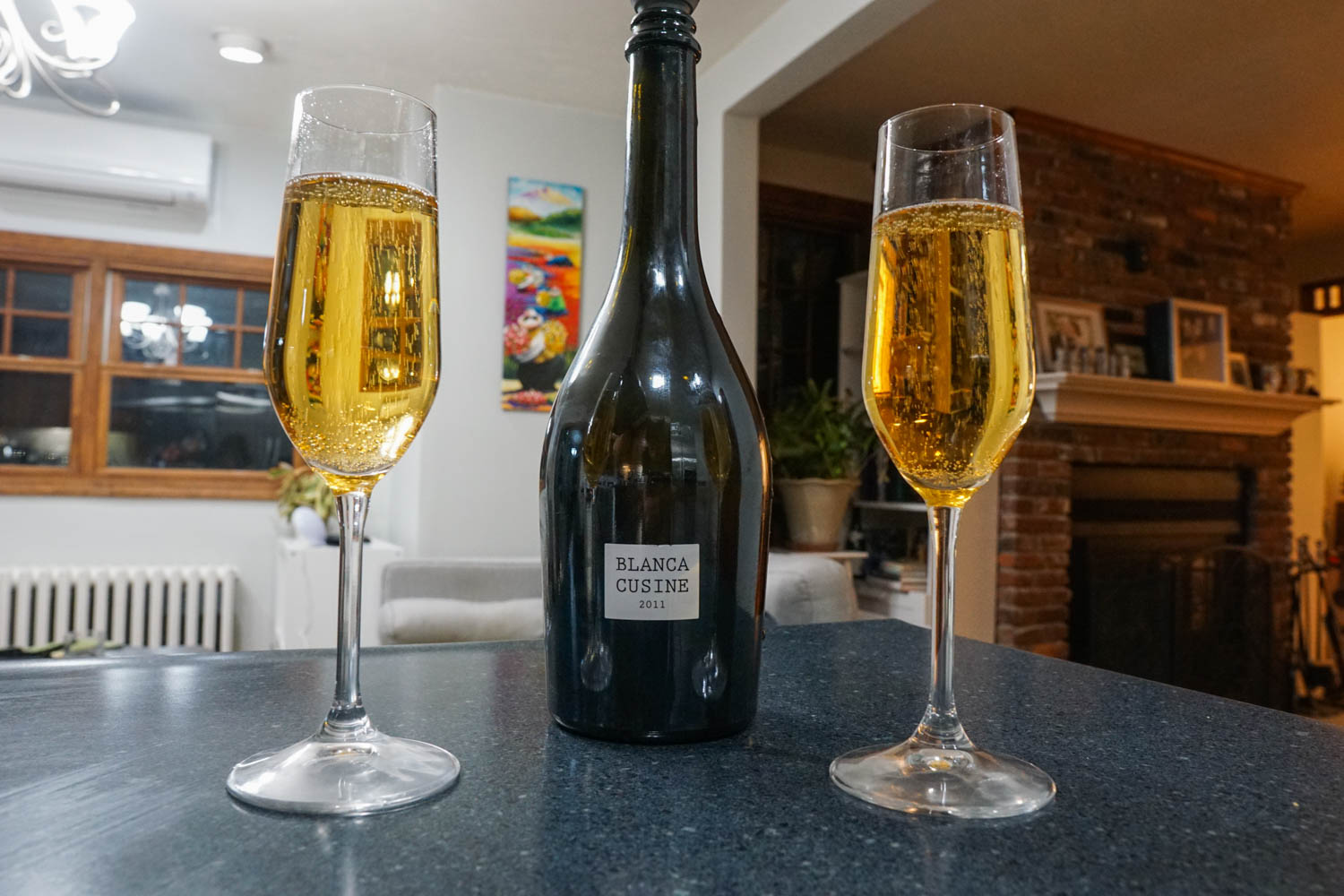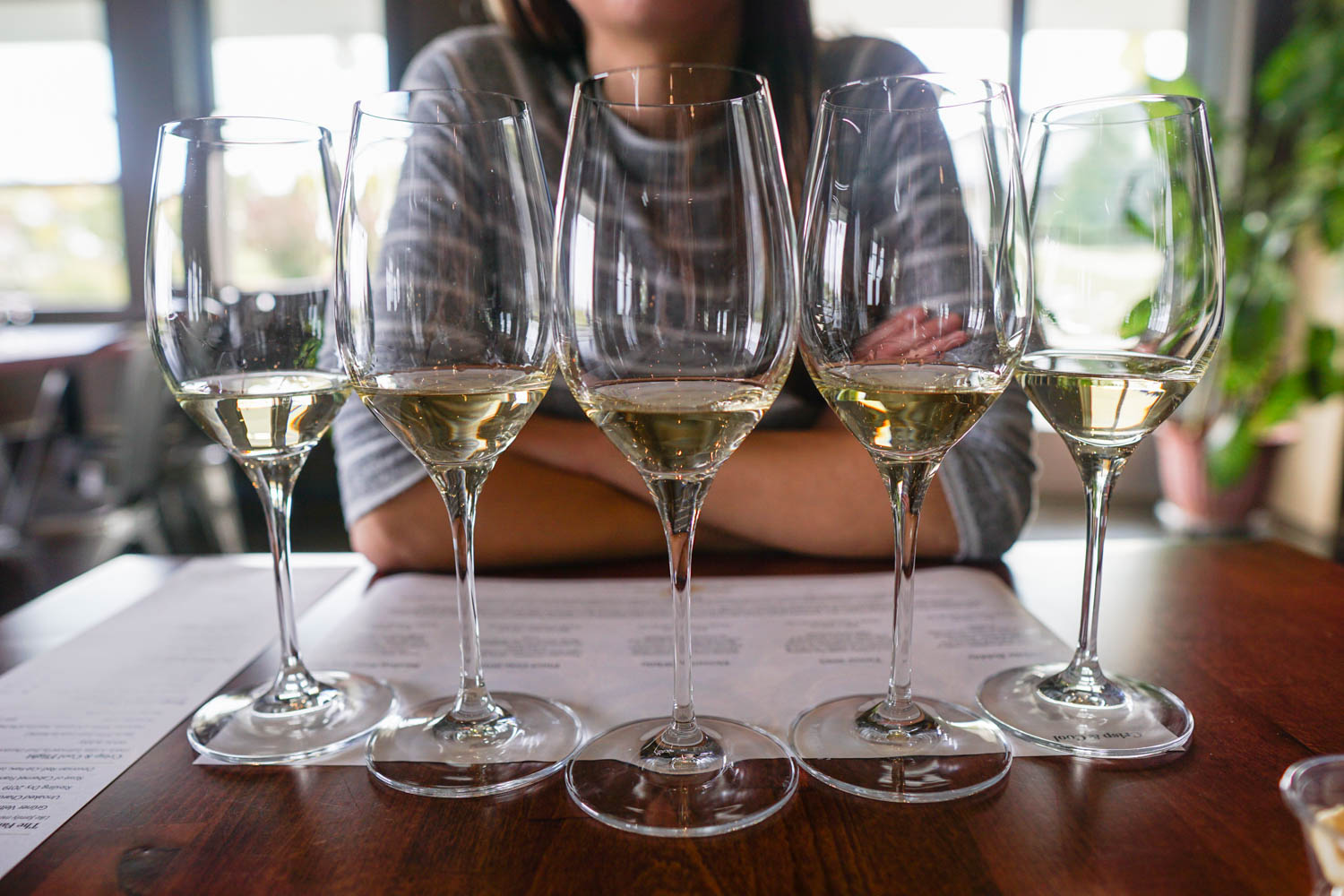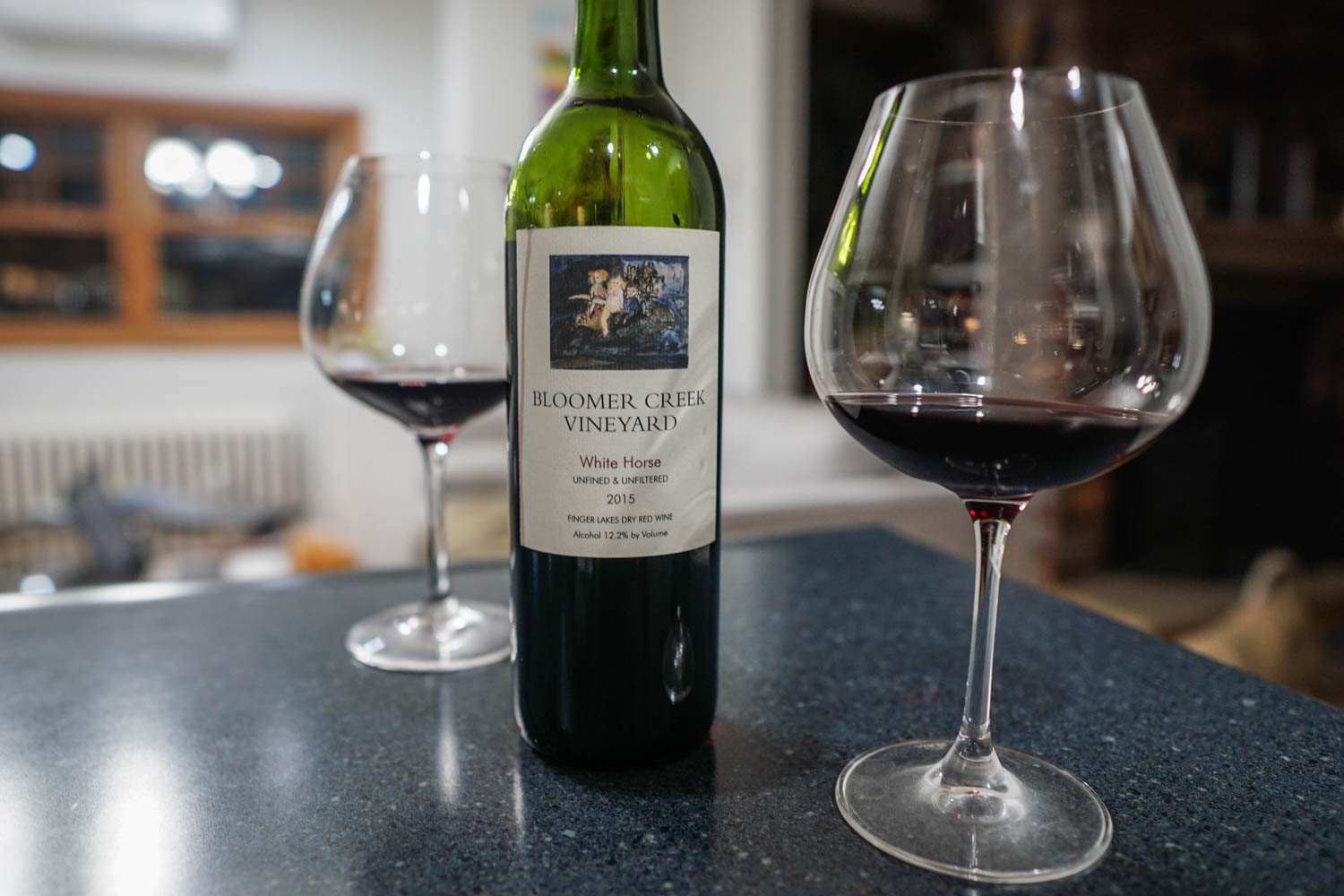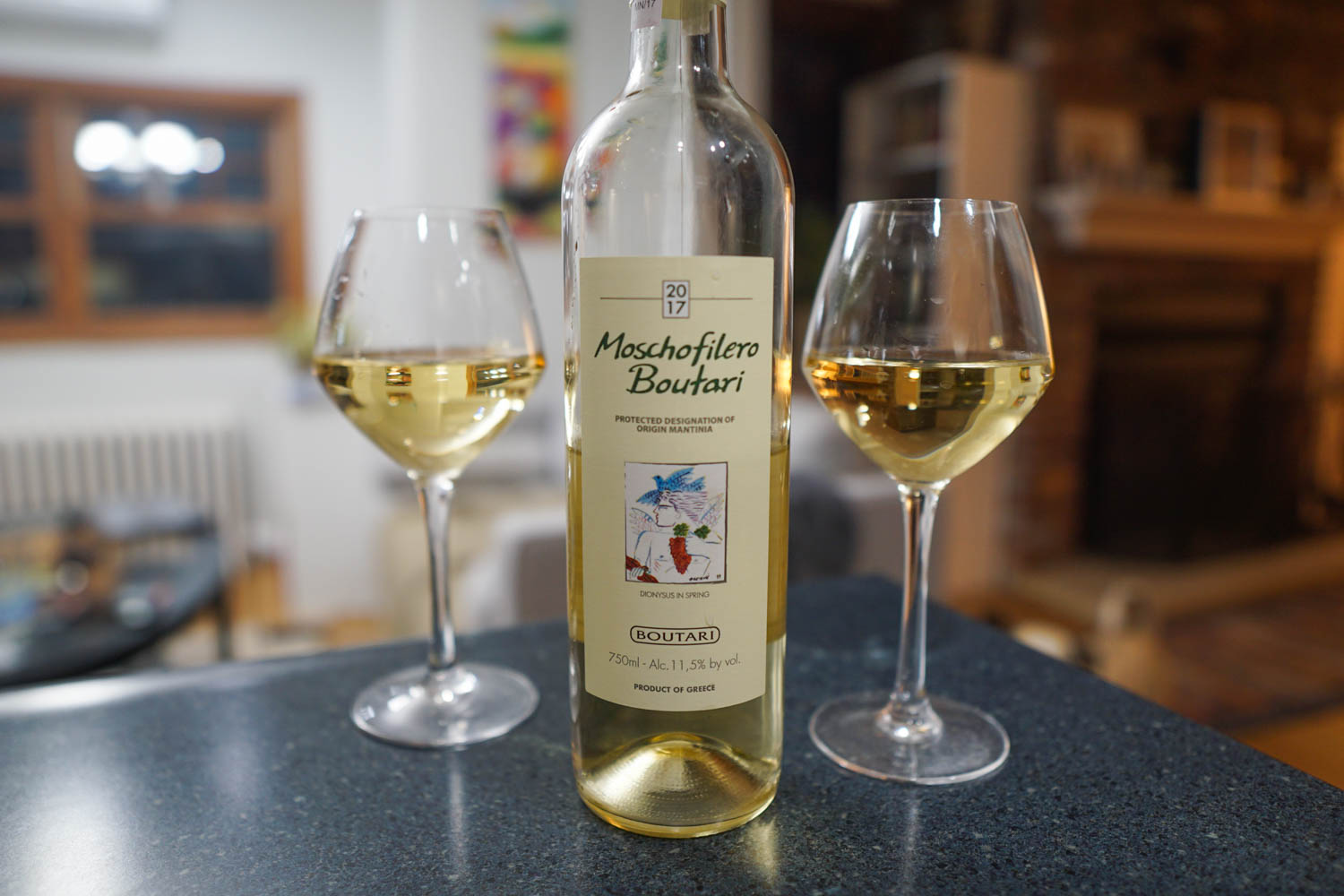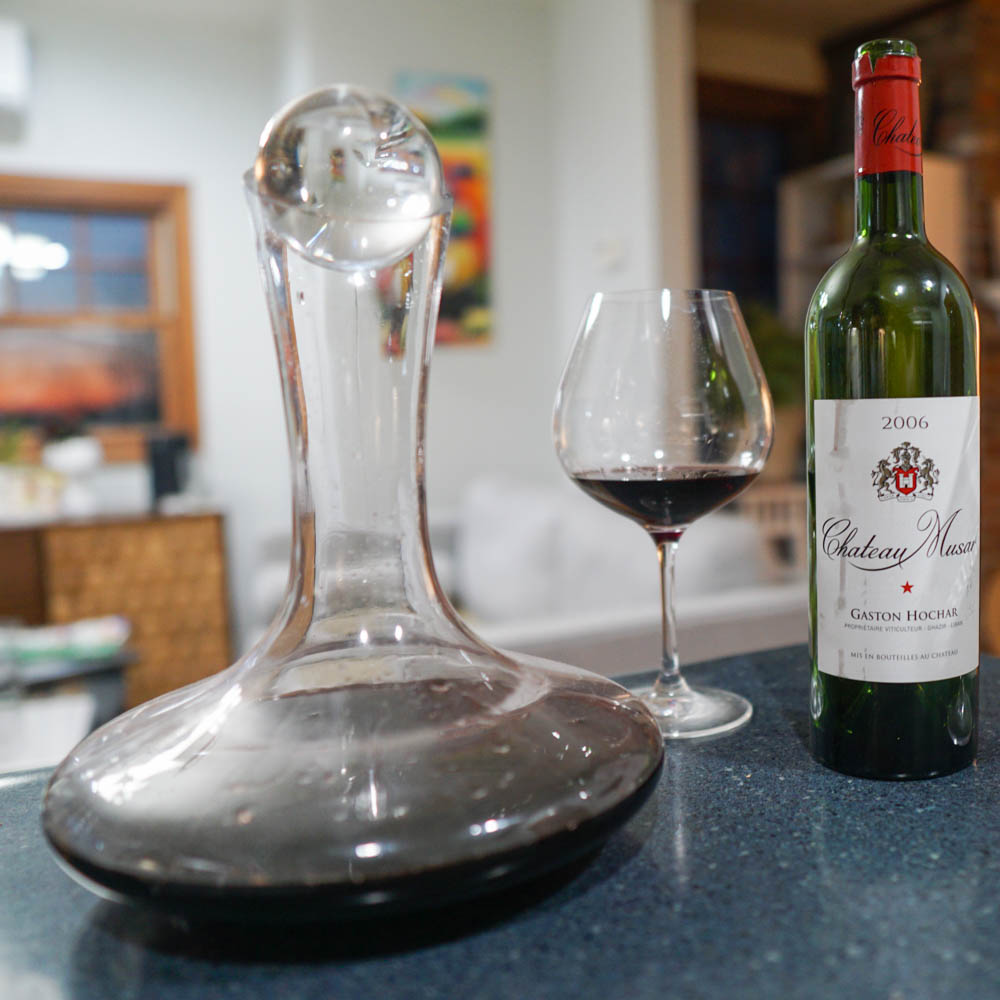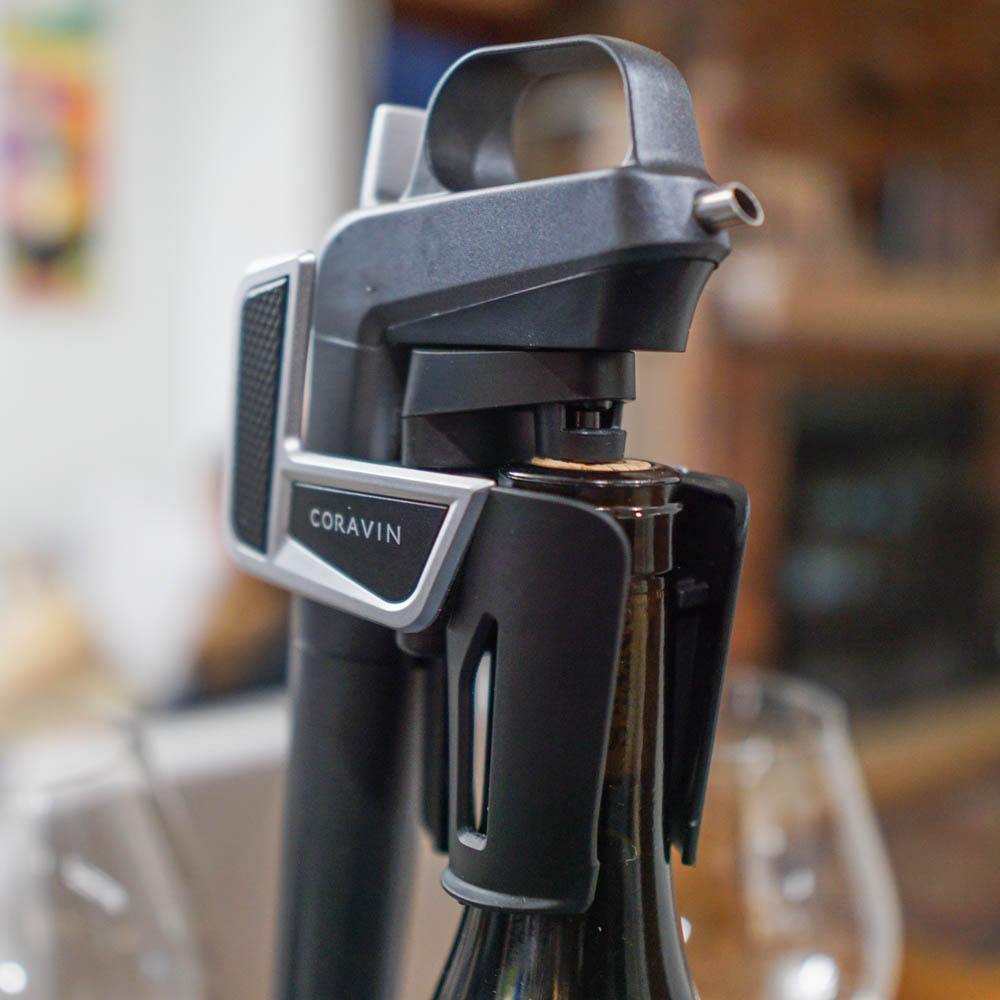Published by Jeremy.
Disclaimers: We use demographic data, email opt-ins, display advertising, and affiliate links to operate this site. Please review our Terms and Conditions for more information. This website is intended for those of legal drinking age in your jurisdiction.
When it comes to purchasing wine glasses for your home bar, glass producers out there are more than happy to sell you a glass to match most any major wine varietal you enjoy.
The argument goes that every wine is different, and flavors and aromas for each develop differently in the glass. Optimize the glass for each varietal and you can improve the wine-drinking experience accordingly. The more we learn about wine, the more we tend to agree with this notion- in a general sense at least.
But do you need a different set of wine glasses for Riesling than you do for a Chardonnay and for Sauvignon Blanc? Or between Pinot Noir and Cabernet Sauvignon? In our experience, the need is questionable.
In fact, after buying nearly a dozen different wine glasses for our home bar (because I have a shopping problem at my supplier's store), we've found that there are three wine glasses that we use almost exclusively when tasting at home. So rather than putting together a robust guide featuring all the different varieties of glasses out there, we wanted to instead focus on these three and discuss why they work the best for us at home.
Wine Glass Science at a Glance
The biggest points we consider when thinking about wine glasses are the size of the bowl at its widest point (where the wine collects once poured) as well as the width of the rim (where you sip)- plus the relative size differences between the two.
The bowl size is important as this relates to the surface area of the liquid level. The more surface area the wine has, the faster the wine will develop in the glass (both in terms of aromas coming out of the wine and in oxygen going in). Generally speaking, we almost always fill our wine glasses to the widest point to capitalize on this surface area.
The rim size is important as it allows you to be able to put your nose in the glass and smell the aromas. Some would also say the angle of the glass here helps alter the tasting experience as it could direct where in the mouth the wine first hits. However, in our experience, the aroma aspect is more noticeable for our level of home tasting.
The relative difference in size between these two directly relates to how much of the aroma is concentrated in the glass versus is lost to the environment. If the rim size is significantly smaller than the bowl, more aromas are said to be kept in the glass when you smell (often good for less intense wines as this helps improve the aroma). If the rim size is closer to the bowl size, aromas may escape from the glass easier (often good for more intense wines that need to breathe a bit).
It is this logic that helped us settle on the three wine glasses we use almost exclusively at home.
Note: We buy all of our stemware from a restaurant supply store locally that also allows consumer shopping a la carte as we often find better pricing than buying online (great for replacing broken glasses, too!). As such, links below are to glasses we think are close to what we own only.
Burgundy Wine Glasses for Reds
Our go-to glass for virtually every red wine we drink is a robust Burgundy wine glass. We think these are the best red wine glasses as they include a wide bowl and narrower rim and its overall shape is best described as bulbous. While these are often discussed for enjoying more delicate reds, like Burgundy's acclaimed Pinots (to trap in the aromas and allow for development in the glass), we have found we enjoy drinking all styles of dry reds in this glass all the same.
That being said, when we open more intense wines we often put them in our decanter for 30, 60, 90 minutes or more which helps open the wine up a bit more before it even reaches the glass itself- something we cannot discount. So while you could be persuaded to have a second style glass for more intense reds (see below), we've been quite happy using this style of glass plus our decanter in nearly every scenario.
Looking for more glasses for reds? Our next choice here would be something more like a Bordeaux wine glass with a slightly smaller bowl and less-pronounced curve towards the rim. Shapes of these help direct intense aromas out of the glass (as opposed to collecting them) and helps direct wine flow when sipping as well. In our experience, these can be less forgiving in the aroma development department than our Burgundy glass, which is why we often use it almost exclusively.
Young Wine Glass for Whites
Young wine glasses typically have a very pronounced shape (similar to Chardonnay glasses). The bowl itself is often much smaller than the Burgundy glass we use for red wine (above) but expands out from the base relatively quickly to give a modest surface area at the liquid level.
This glass then tapers back towards the rim in a very pronounced fashion in order to trap as much of the aroma in the glass as possible. This is one of the primary reasons why it is recommended for young wines as some additional aromas likely have not developed yet due to aging. Much like with our red wine glasses, we use these for even more intense wines and have found the shape to do a good job all the same. As such, we think they're among the best white wine glasses if you can only have one.
Looking for more glasses for whites? For more intense whites, we use a standard white wine glass which has a more open rim and lets some of the aromas escape a bit more- similar in concept to the secondary red glass above but a smaller sized bowl overall. These are also what we'd likely recommend if you can only have one set of glasses on hand for space considerations.
Champagne Flutes for Bubbly
The classic Champagne flute likely needs no explanation as it is our go-to for all things bubbly. The narrow bowl and rim of the glasses here let a large number of bubbles collect in a small area, helps keep the sparkling nature of the wine for an extended period of time, and attempts to concentrate the aromas on your nose as well (along with all that bright CO2).
We have to admit, we like these purely for the aesthetic over the function. If you were wanting to fully evaluate a wine using, say, WSET's systematic tasting principles, a glass with a wider rim may be more helpful. As such, product designers have been pushing out tulip-shaped glasses (not unlike our favorite young wine glass, but slightly different in style) as a means to have a larger surface area at the liquid level but a smaller surface area at the rim to trap the aromas a bit more for aroma evaluation purposes.
While we can see the logic in this one, we're still suckers for the classic shape all the same.
Looking for more glasses for your bubbly? Our second favorite glass for these is a coupe glass. This is more for aesthetic purposes than function, but the large surface area means that the bubbles will disperse faster so it is definitely not a glass for a slow sipper!
What is your favorite wine glass to have as an all-purpose red or white glass? Comment below to share!
Upgrade Your Home Wine Bar
Need to upgrade your wine bar? Grab some new wine accessories:

